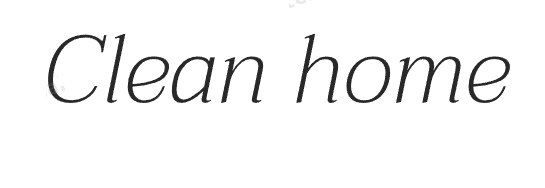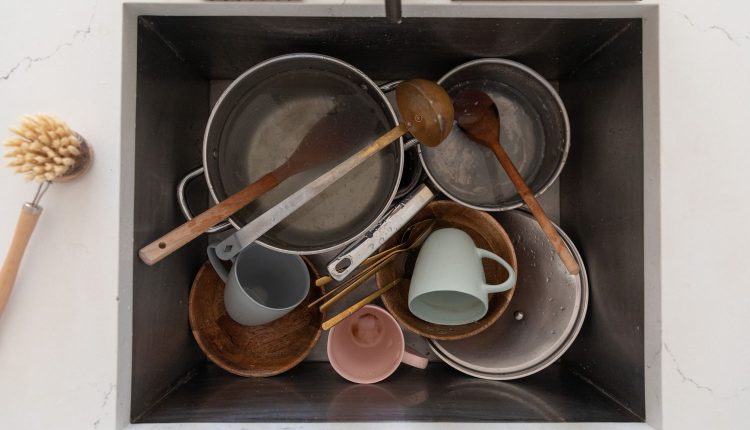The Dirtiest Places in Your House (and How to Clean Them)
It’s easy to see the obvious dirty spots in a home, like spilled food on kitchen counters, soap scum in the shower, or a pile of dirty laundry. But what about the spots that may not look particularly dirty but are actually the ones that can affect the health of your family? So which room is the dirtiest and harbors the most bacteria in your house? Surprisingly it’s not the bathroom, but the kitchen, according to a study by the National Sanitation Foundation International (NSF).
Let’s take a look at your home room by room and shed some light on hidden dirt and bacteria and how to get rid of them.
Kitchen
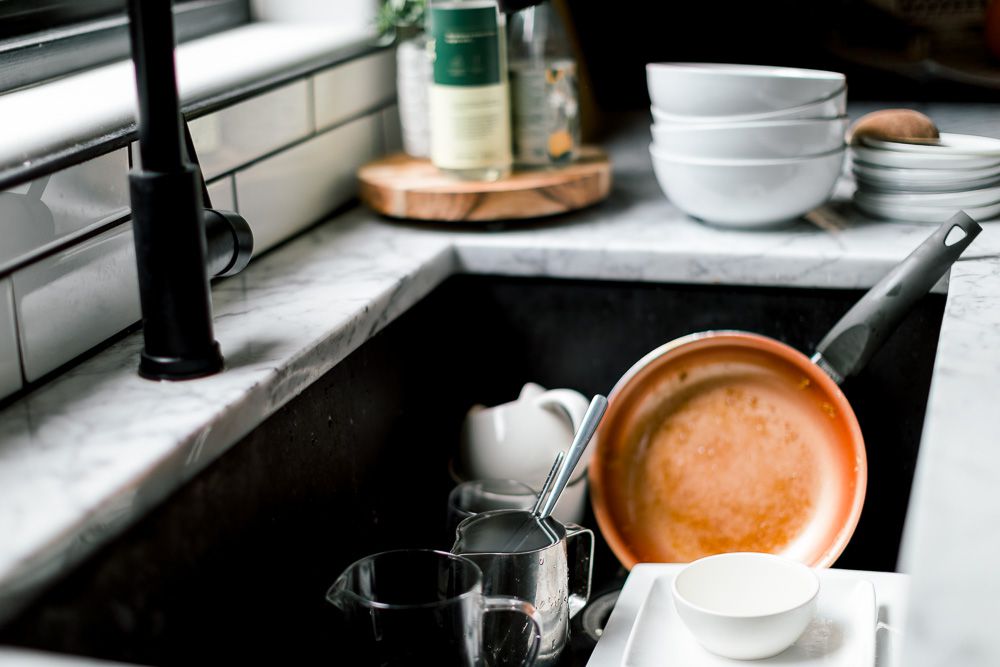
The kitchen is one of the busiest rooms in most homes and also the dirtiest. All of the elements that encourage bacteria to grow–heat, moisture, and food–are readily available. Add to that all of the outside elements like raw meats, unwashed fruits and vegetables, and the germs from everyone’s purses and backpacks, and the kitchen is teeming with harmful bacteria like E. Coli.
The keys areas of concern in the kitchen are:
- Sinks
- Countertops
- Cabinet Pulls
- Refrigerators
- Small Appliances and Kitchen Tools
How to Clean It: Keep disinfecting wipes handy to wipe sinks and countertops down after each use. Cutting boards should be washed in hot soapy water, rinsed well, and dried with a hand towel every time they have been used. Small appliances and kitchen tools that have been used, such as a blender or measuring cups, should be washed in hot soapy water, rinsed well in hot water, and dried thoroughly.
Bathroom
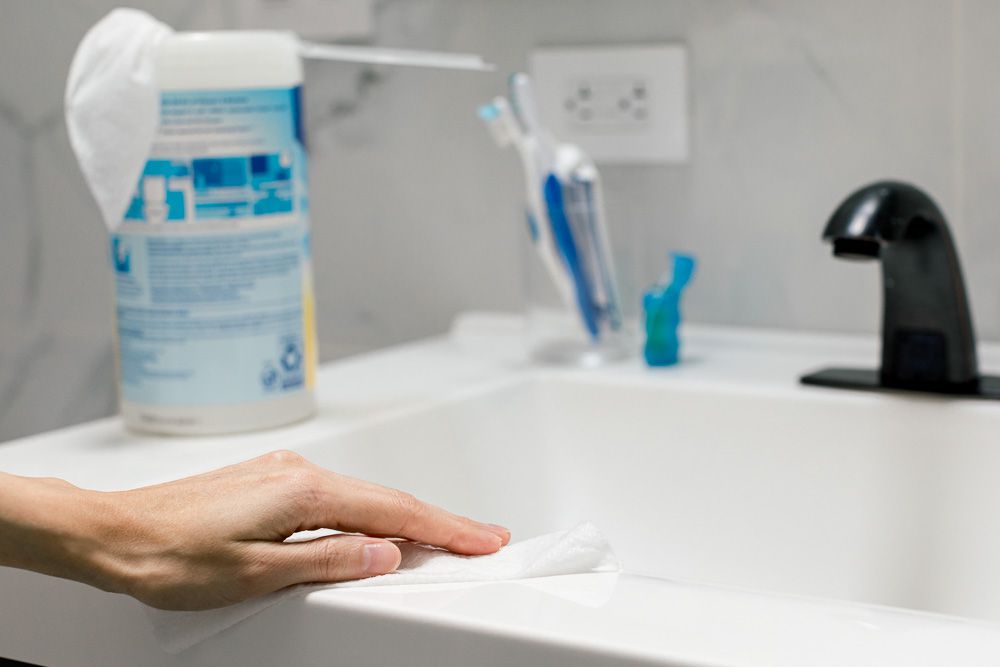
Unfortunately, some bacteria lingers in the bathroom after every use.
How to Clean It: To ensure that all types of coliform bacteria are controlled, pay particular attention to light switches, door knobs, and faucet handles. Keep some disposable disinfecting wipes handy for easy daily cleaning.
Bath towels and mats should be washed in hot water at least weekly and allowed to dry completely. Hand towels should be changed several times per week.
Bathroom sinks should be wiped down daily with disinfecting wipes and toothbrush holders and cups should be cleaned weekly.
When cleaning the obviously dirty areas of the bathtub, shower doors, and toilet, take time to wipe down flat surfaces like walls near toilets with disinfectant products.
Living Areas
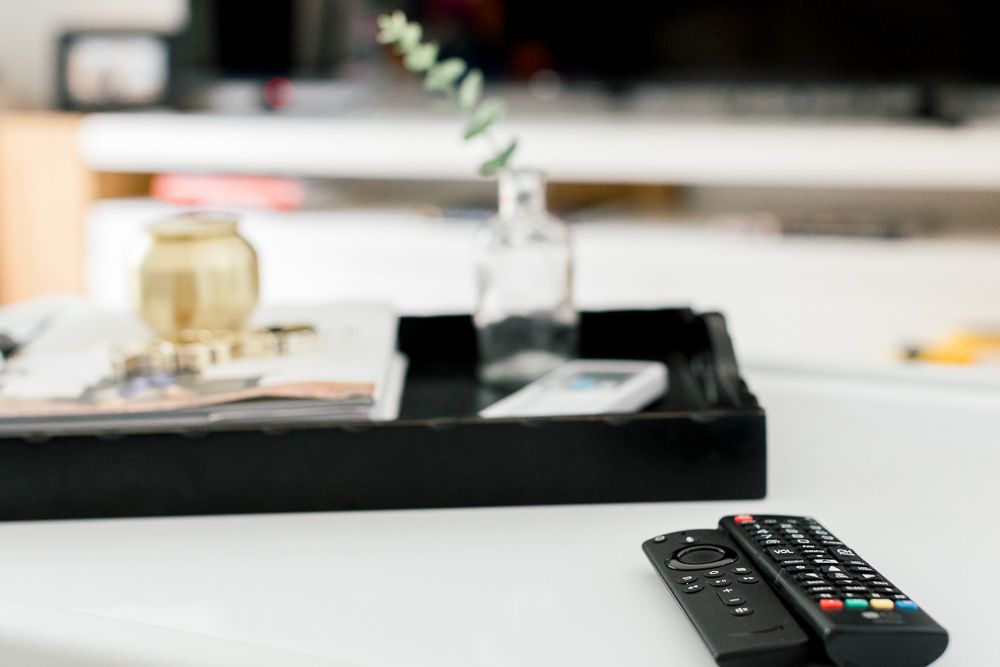
Whether it’s a living room, media or game room, wherever the family gathers, there is hidden dirt and bacteria. Think about how many times someone touches all the remote controls, game controllers, keyboards, tablets, earbuds and headphones, and cell phones in your home. Do they always have clean hands?
How to Clean It: All of those keypads and controllers should be wiped down daily with a disinfectant wipe that is safe for use on electronics. If someone has a cold or virus, they should be cleaned after every use. And, don’t forget switches on lamps, switch plates, and doorknobs.
Another breeding ground for bacteria and allergens is upholstery on furniture. The fabric is exposed to sneezes, unwashed hands, pet dander and hair, and soil from feet and shoes. Many types of bacteria can live for several days on these surfaces.
At least weekly, upholstered surfaces should be vacuumed with a hand-held vacuum or the upholstery attachment of a larger machine. Be sure to clean underneath and between cushions where food and pet hair can linger. Then freshen and clean with a scented or unscented disinfecting spray.
If someone in your home has a virus or skin rashes, cover upholstered surfaces with sheets or washable covers that can be changed and washed frequently to disinfect.
Bedroom
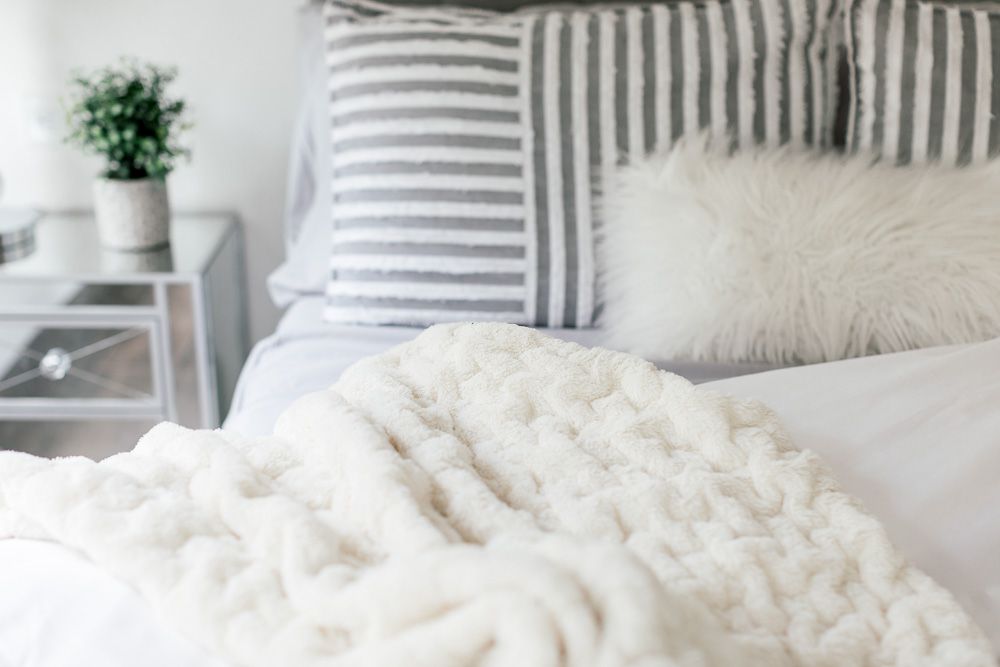
That beautiful, restful oasis that you created in your bedroom can harbor fungus, bacteria, and thousands of mites and insects. Most of these dangers actually lurk right in your bed.
Beds are used for sleeping, sex, socializing, eating, working, and everything in between. If the sheets, blankets, quilts, and bedspreads are not washed often, they can harbor dirt that can cause:
- Skin irritation, eczema, and acne breakouts
- Fungal and bacterial infections like athlete’s foot and MRSA
- Allergies and breathing issues
How to Clean It: To prevent all of this, bed linens should be changed at least weekly and washed properly. Studies have shown that after one week, bed sheets harbor more bacteria than a bathroom door knob. If you’ve ever pulled “clean sheets” from the linen closet and they smell stale, that’s because there is body oil and soil still in the fabric fibers.
Pillows, mattresses, and box springs should be encased in removable, washable, allergy-proof covers to prevent an infestation from dust mites that feed on the skin cells that we shed.
The Dirty Places You Overlook
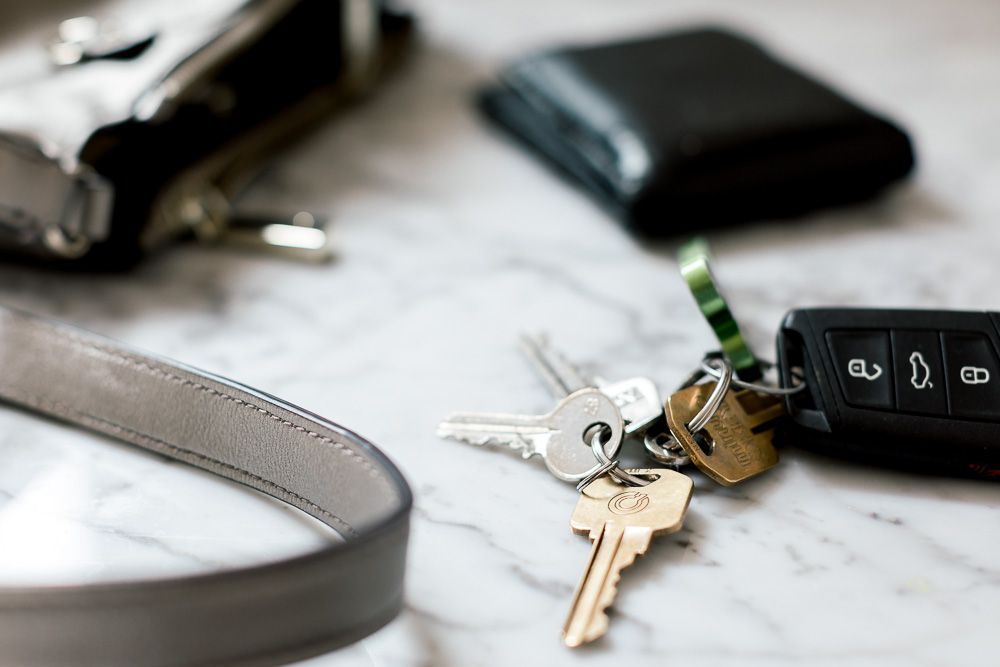
Let’s take a look at the dirtiest items you’ve overlooked in your home but need to be cleaned immediately:
- Pet Toys and Feeding Bowls
Your pet deserves nice clean food and water bowls. They should be washed daily in the dishwasher or by hand with hot soapy water, rinsed well and air dried to prevent harmful bacteria growth.
Pet toys can harbor coliform bacteria, yeast, and mold. Hard toys should be cleaned with hot soapy water (at least weekly) and soft toys can be hand or machine washed using hot water and a disinfectant. - Keys, Purses, and Wallets
The items you handle every day pick up the germs and bacteria you’re exposed to every day as well. Take time to clean your key fobs, purses, and wallets. Purses are usually the germiest. They land on the floor and then end up on counters and tabletops in your home. Keep fabric and leather handbags off the ground and clean them regularly–including the interior! - Backpacks and Gym Bags
Backpacks are a necessity for preschoolers to adults. Whether you carry camping equipment, workout clothes, or books, eventually the backpack or your gym bag is going to need to be cleaned and disinfected.
